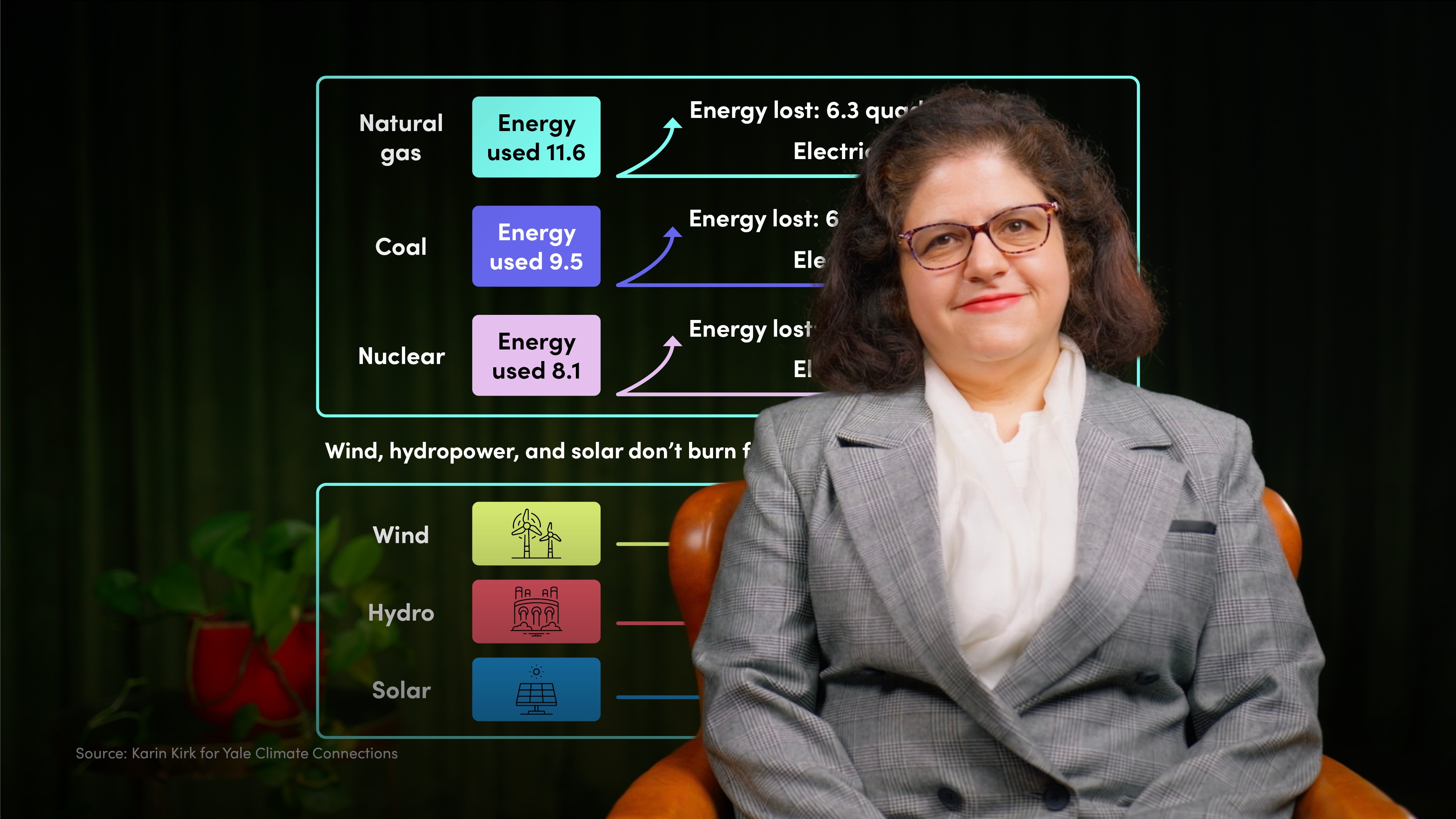
Introduction to the Global Energy Mix

Olivia Oddi
What is the energy mix? Join Olivia Oddi to explore how energy is measured, the inefficiencies in its use, and the fascinating evolution of our energy mix.
What is the energy mix? Join Olivia Oddi to explore how energy is measured, the inefficiencies in its use, and the fascinating evolution of our energy mix.

Introduction to the Global Energy Mix
16 mins 11 secs
Key learning objectives:
Define the energy mix
Outline how energy is measured
Understand how conversions cause energy inefficiencies
Understand how the energy mix evolved
Overview:
The energy mix refers to the variety of energy sources used to produce and consume energy globally. Historically, it was dominated by traditional biomass, like wood and crop waste. Today, it includes a diverse range of sources such as coal, oil, gas, nuclear, hydropower, solar, wind, and biofuels. Energy is measured in four key stages, but energy losses occur at every stage, which is why understanding these measurements is critical to improving efficiency.
Summary
What is the energy mix?
The energy mix refers to the variety of energy sources used to produce and consume energy globally. Historically, it was dominated by traditional biomass, like wood and crop waste. Today, it includes a diverse range of sources such as coal, oil, gas, nuclear, hydropower, solar, wind, and biofuels. This transition has been driven by economic and technological advancements over the last 200 years. While renewables are becoming central to the energy mix, fossil fuels still account for 80% of global energy consumption as of 2022, highlighting the importance of accelerating the energy transition.
How has the energy mix evolved?
The energy mix has shifted significantly over the last two centuries. Pre-Industrial Revolution, humans relied on traditional biomass and animal power. Then during the Industrial Revolution coal became dominant, followed by oil and gas. By 1970, oil accounted for 40% of global energy consumption. Today, renewable energy is central to energy transition strategies, but fossil fuels still dominate. Strong policies are needed to encourage societies to adopt low-carbon sources and phase out fossil fuel reliance.
How is energy measured?
Energy is measured in four key stages that help track its transformations and losses:
- Primary energy: Raw energy sources like coal, wood, or oil before any transformation.
- Secondary energy: Energy converted into usable forms, such as electricity or gasoline.
- Final energy: The energy delivered to and consumed by end users, such as electricity reaching homes.
- Useful energy: The energy that performs the desired function, like light from a bulb or motion from a car engine.
At each stage, energy losses occur, which is why understanding these measurements is critical to improving efficiency.
How do conversions cause energy inefficiencies?
Energy conversion, particularly from primary to secondary energy, is often inefficient. For example:
- Thermal power plants: Up to two-thirds of primary energy is lost as heat during the conversion of fossil fuels or biomass into electricity.
- Transmission and distribution: Around 5% of electricity is lost as it travels through power lines due to resistance.

Olivia Oddi
Olivia Oddi, a Nuclear Safety Department employee at the European Bank for Reconstruction and Development (EBRD), has over 30 years of experience in managing nuclear safety activities. With 25 years of experience, she has worked closely with colleagues in the Nuclear Safety Department on fundraising, project management, and environmental remediation for decommissioning nuclear power plants.
There are no available Videos from "Olivia Oddi"

